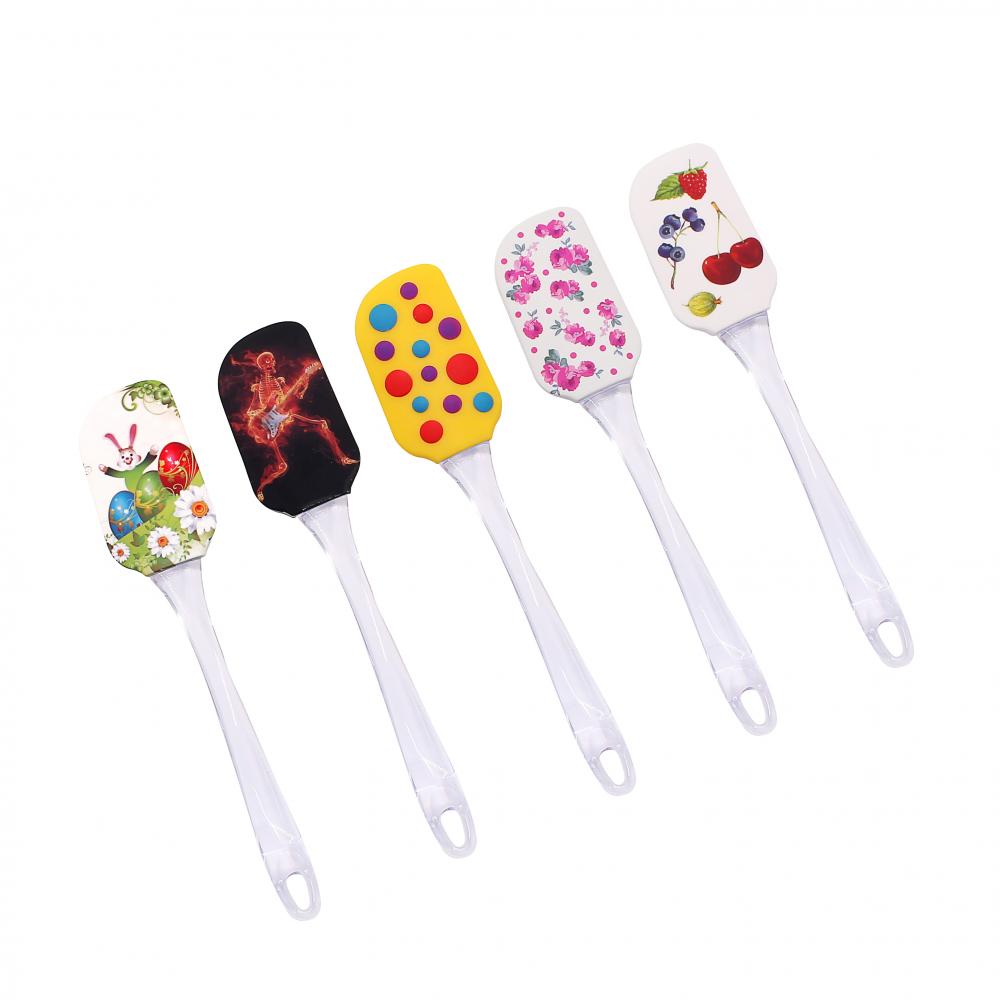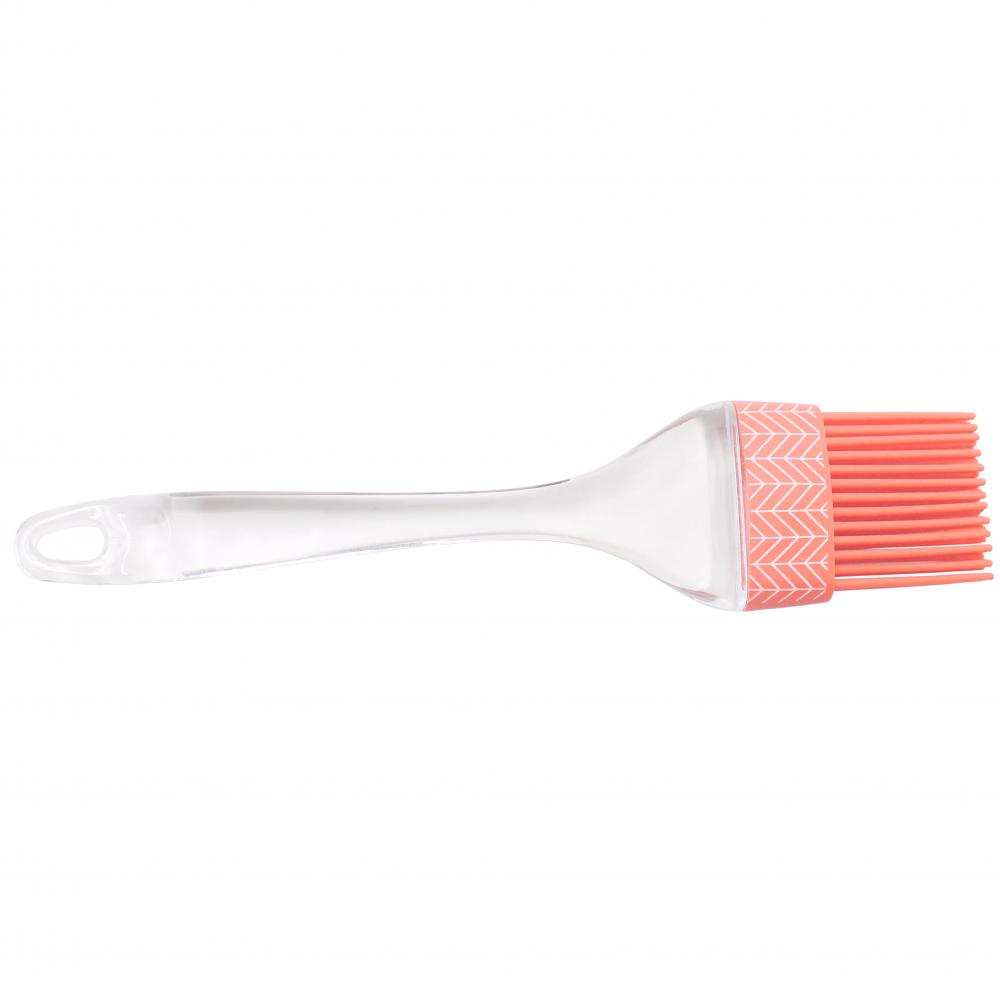When consumers buy furniture, they are puzzled that there is no obvious difference in the appearance of the furniture, but why are the prices far apart? In fact, there is a big difference in the materials used in furniture production. Some manufacturers have many traps in the production of furniture, such as cutting corners and stealing columns, which need to be carefully identified to be seen. Use inferior substrate The use of substrates that are not dried and worm-like, such furniture has a high moisture content, which can easily cause deformation or cracking after the finished furniture. Furniture made from decaying or worm-eaten wood can seriously collapse furniture. Substrate mixing assembly Since the wood-based panel furniture adopts the method of veneer decoration on the outside of the substrate, although the parts of the furniture cabinet have the same appearance, some of the substrates in the furniture are moved by the manufacturer. For example, some furniture cabinet front and door use melamine board that meets environmental protection and quality requirements, while the back panel of the cabinet uses large core sheets with more formaldehyde emission. Internal production cut corners Since the wood-based panels used in panel furniture are all made of adhesive bonding and are very sensitive to water, their waterproof performance must be ensured by the veneering and edge-sealing treatment of the panels. In order to save costs, some manufacturers do not seal the joint between the inner panel and the board of the furniture. On the one hand, the furniture is broken by water, and the formaldehyde in the material can not be fully blocked, which causes the furniture to have a heavy formaldehyde smell. Hardware is replaced Replace cheap hardware and cut corners in furniture installation. For example, the counter mirror of a large closet has no back panel, no beading, and is only positioned with a nail. This practice of cutting corners and cutting materials can easily cause the mirror of the counter to be broken. â—Tips for purchase: You should carefully observe the furniture samples when purchasing furniture, and ask the purchase lady to ask about the material type and brand. When signing a furniture purchase contract, the sales personnel are required to indicate the contents according to their introduction. Don't replace the color, type or simple phrase “consistent with the factory sampleâ€, so that the contract is signed, so that the inferior furniture manufacturers have no chance. A wide variety of plates When buying furniture, consumers always encounter this situation: the shopping guide lady said that our furniture is based on the EGGER board, absolutely environmentally friendly; the shopping guide lady also introduced that we are melamine Waterproof and moisture-proof; once again, the young lady said that our furniture materials are MDF and strong. The results are often confused: "Which furniture materials are good?" In fact, the names introduced by the three ladies represent three factors contained in the furniture materials: substrate brand, substrate variety, substrate decoration Face material. Substrate variety 1. Particleboard. The particle board has the advantages of light weight, strong nail holding force, good moisture resistance and water resistance, easier control of formaldehyde emission, and difficulty in deformation, and is suitable for use in a flat place of furniture. The disadvantage of particleboard is that it is not easy to bend. Compared to high-quality MDF, high-quality particleboard has the disadvantage of large particles. Medium density boards should be used for processes such as painting, engraving, and blistering. 2. MDF. It is characterized by fine wood and easy processing, especially suitable for curved and profiled designs. Finishing material 1. Paint paper. Sticker furniture materials are not ideal in all aspects, nor can they achieve true industrial production. It can't be repaired if it is broken. 2. Melamine. Has a certain degree of wear resistance, heat resistance, acid and alkali resistance. There is no problem in making door panels, cabinet panels, and partitions. Due to the fear of sharp objects being scratched, care should be taken when processing and using them. 3. Fire board. The fireproof board has better high temperature resistance, wear resistance and chemical resistance, and some fireproof boards can be bent after heating. Suitable for countertops and office furniture. Can not be used alone, it is generally attached to the surface of artificial boards or wood. Because the fireproof board has shrinkage, it does not pay attention to the process when it is attached, and it is easy to open the glue. 4. Natural veneer veneer. It is made from high-quality wood and sliced ​​into the appearance of wood-based panels. Due to its natural properties and the unique texture of nature, it is regarded as the second only wood furniture sheet. â—Tips for purchase: Under the condition of quality assurance, the variety of the substrate and the finishing materials are not good or bad, should be selected according to the place and use of the substrate, and should also pay attention to understand its environmental standards. Environmental standards are different The environmental protection problem of furniture is the most concerned by consumers. Although consumers are repeatedly picky when buying, the problem of formaldehyde emission in furniture is always unsatisfactory. Formaldehyde release factors Furniture base materials, veneer materials (melamine impregnated paper, etc.), adhesives used for veneering, coatings for various finishes, other covering materials other than wood materials, filling materials such as fabrics, leather, sponges Etc. is an important cause of formaldehyde release from furniture. The environmental protection level of the board is currently represented in Germany by Europe, the United States by North America, and Japan by Japan. The formaldehyde emission control of wood-based panels and their products is the most stringent. Among them, the formaldehyde release grades of wood-based panels in European countries are classified into E1 grade, E2 grade, and E3 grade (E1 is a wood-based panel that can be directly used indoors, and E2 is a wood-based panel that is allowed to be used indoors after being treated); Japanese wood-based panel The formaldehyde release grade is divided into F1 grade, F2 grade and F3 grade; the national standard requires that the formaldehyde emission of the sheet material be less than 1.5 mg/liter, and the thickness of the type A product is between 13-20 mm. It is understood that the import and export of wood-based panel products must be tested in accordance with the internationally accepted and most stringent German standards. â—Tips for purchase: Compared with furniture processed with domestic plates, the environmental protection factor of furniture processed with imported plates is relatively guaranteed. In addition, according to the test, even if the formaldehyde emission of the substrate of the furniture can reach the E1 level, the formaldehyde emission of the final furniture may not reach the E1 level. The environmental performance of furniture is also directly related to the production of furniture. Therefore, while paying attention to the environmental protection level of furniture panels, we must also choose furniture enterprises with a certain scale of production and processing.
Silicone soft bladed spatula and brush may be the most used tools in the kitchen. They can be used for mixing and scraping.
There are many different kinds of the Bakeware Tools ,including Egg Whisk ,Silicone Glove,silicone spatular brush, Rolling Pin ,kitchen silicon mat ,and other Bakeware Set ,it will make your backing easily !Any intersting ,please feel free to contact us ,thank you !
Silicone Spatula Brush,Silicone Spatula Cake Brush,Silicone Spatula Bbq Cake Brush,Silicone Psatry Spatula Brush Yangjiang Winfore Industrial Co., Ltd , https://www.winforekitchenware.com


December 12, 2019